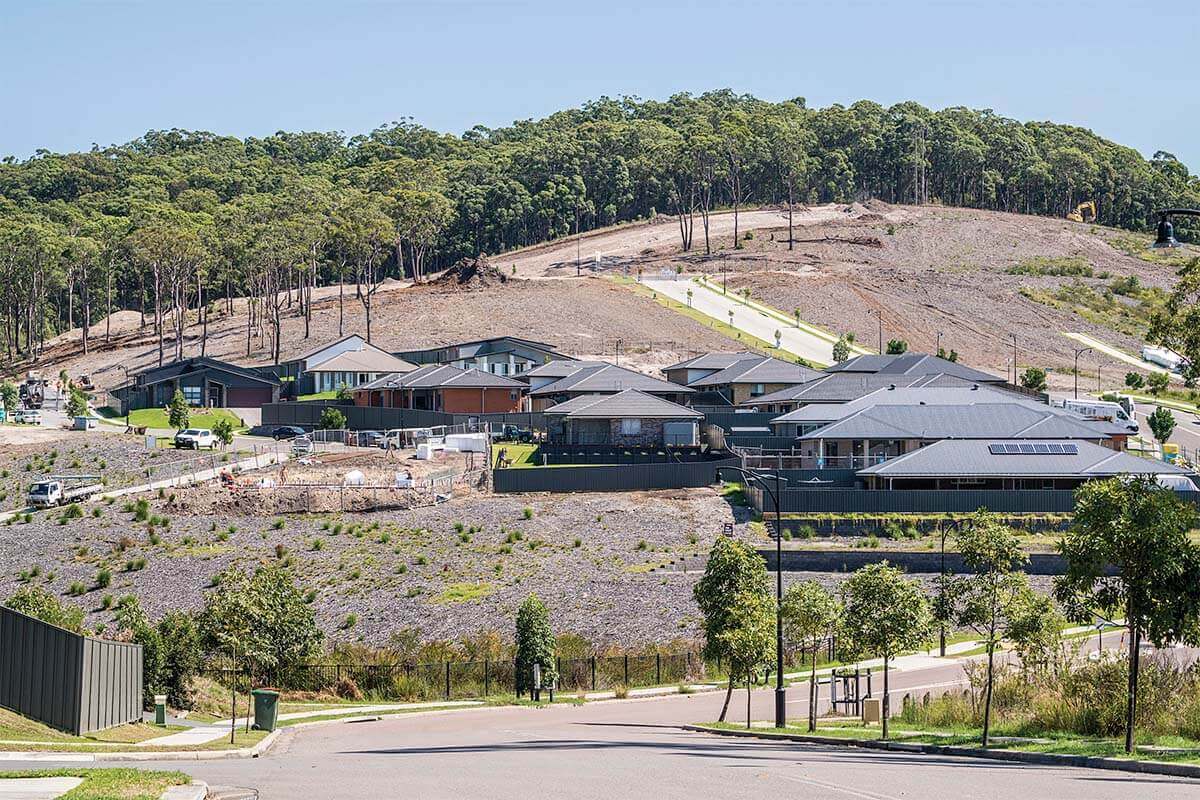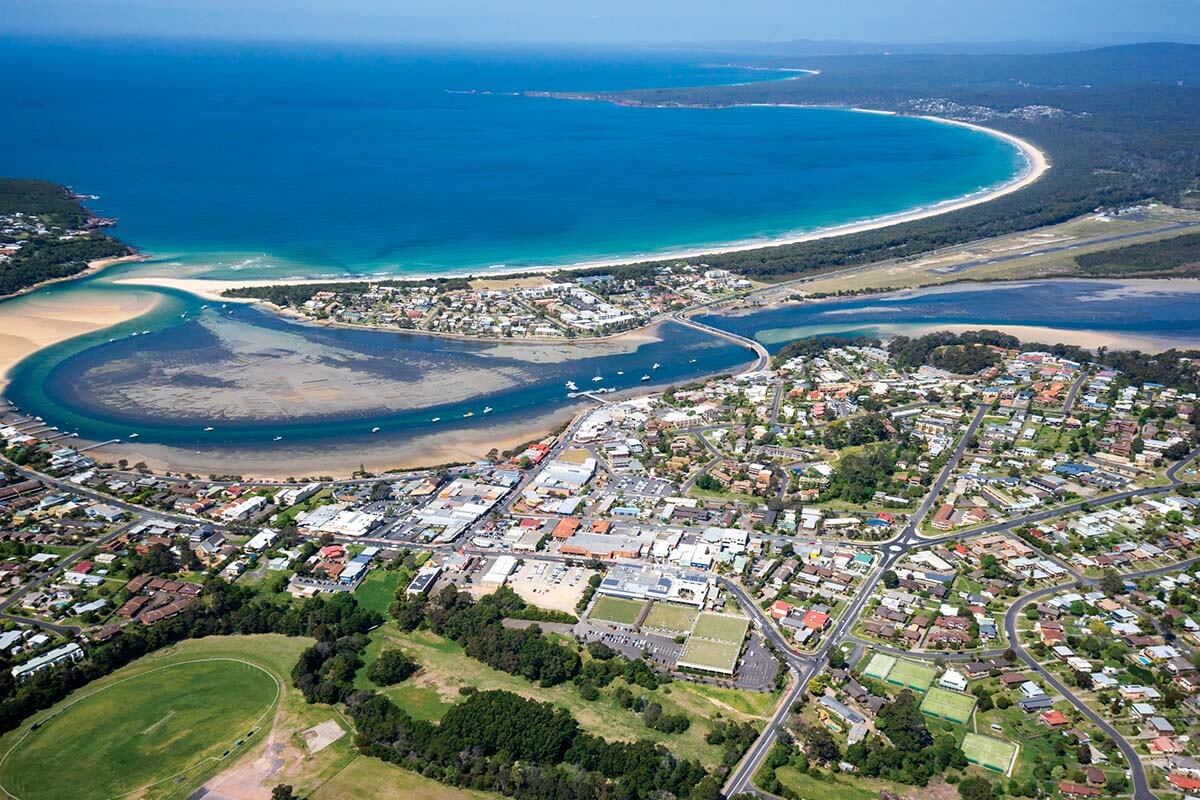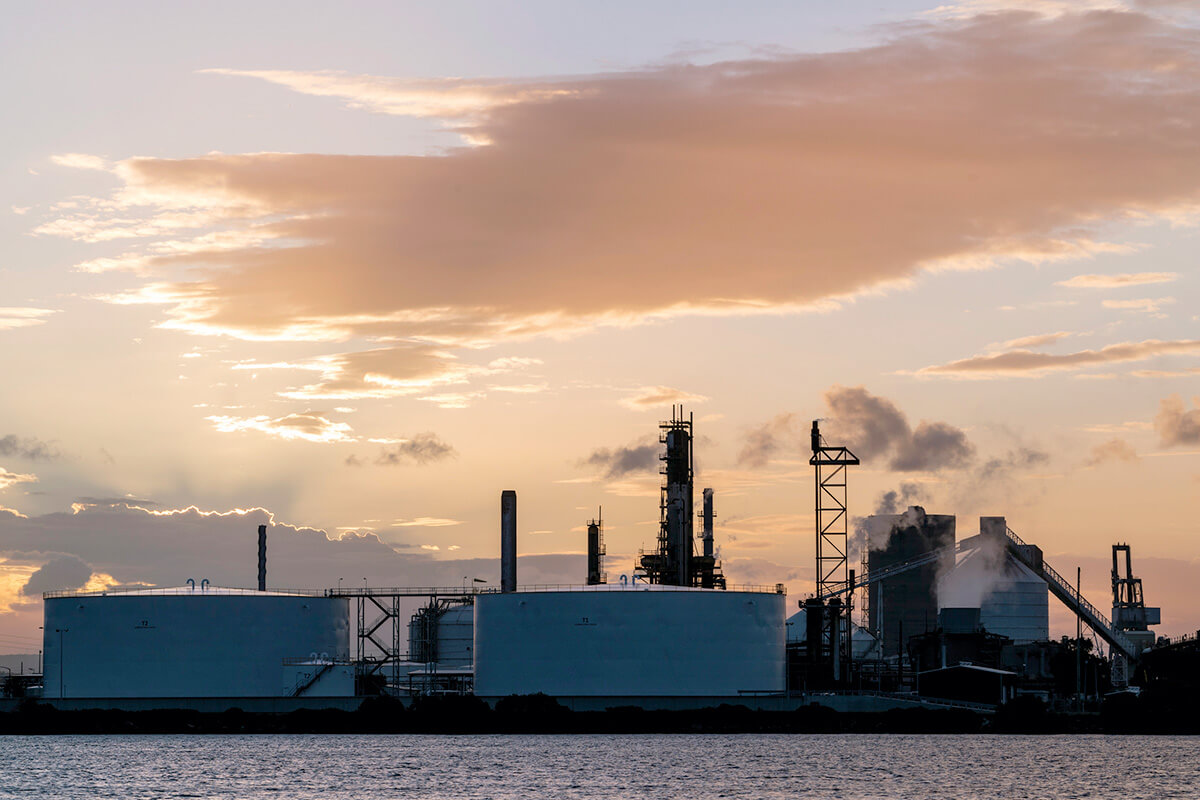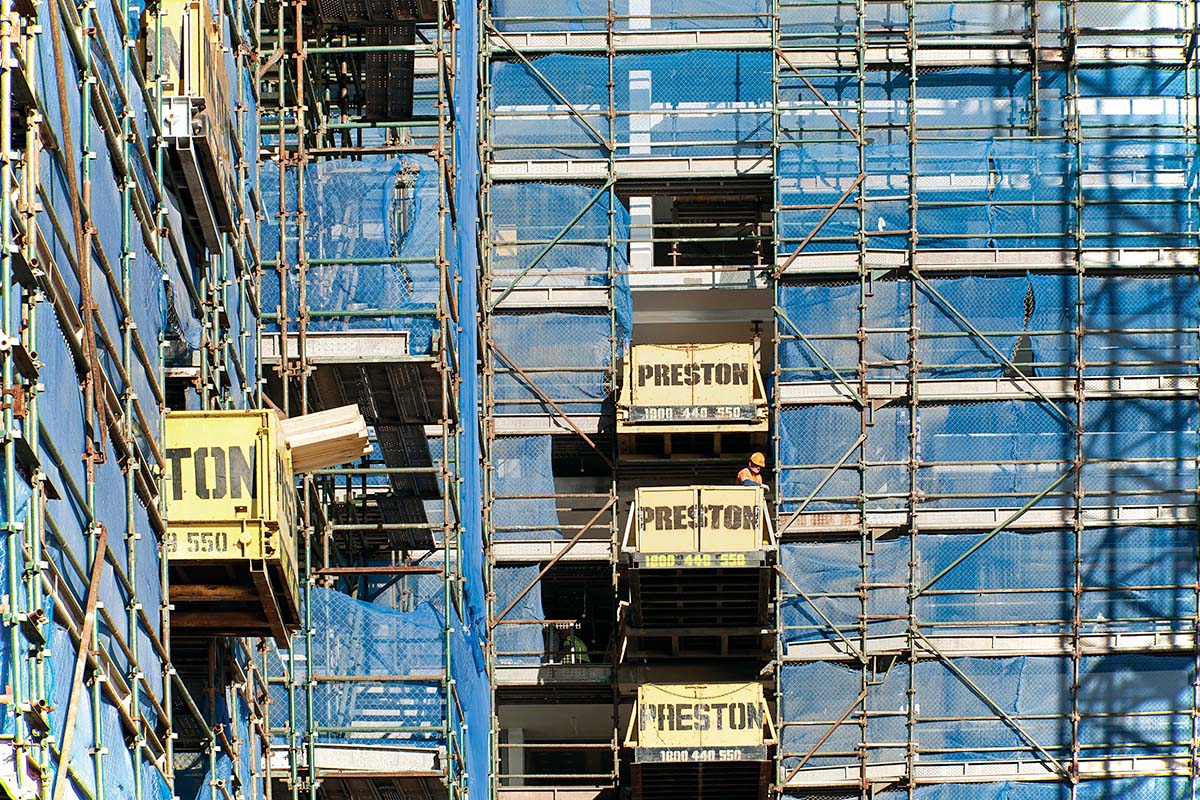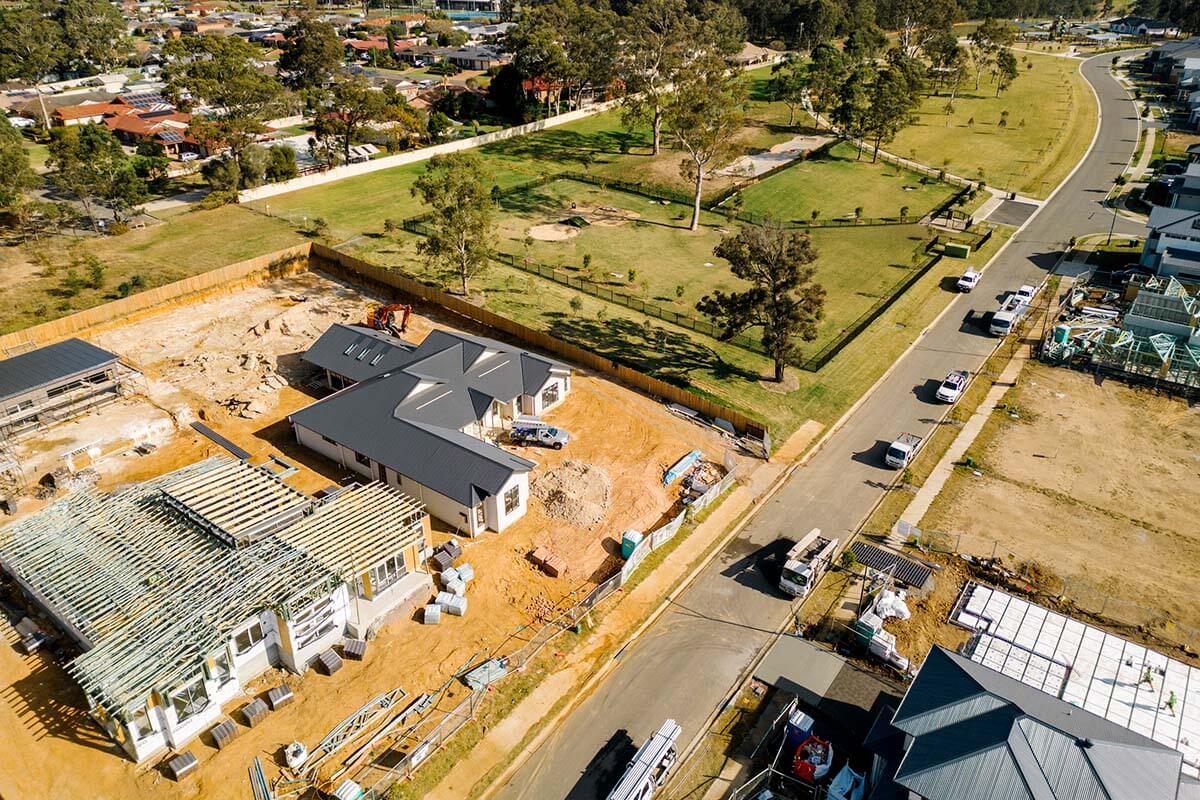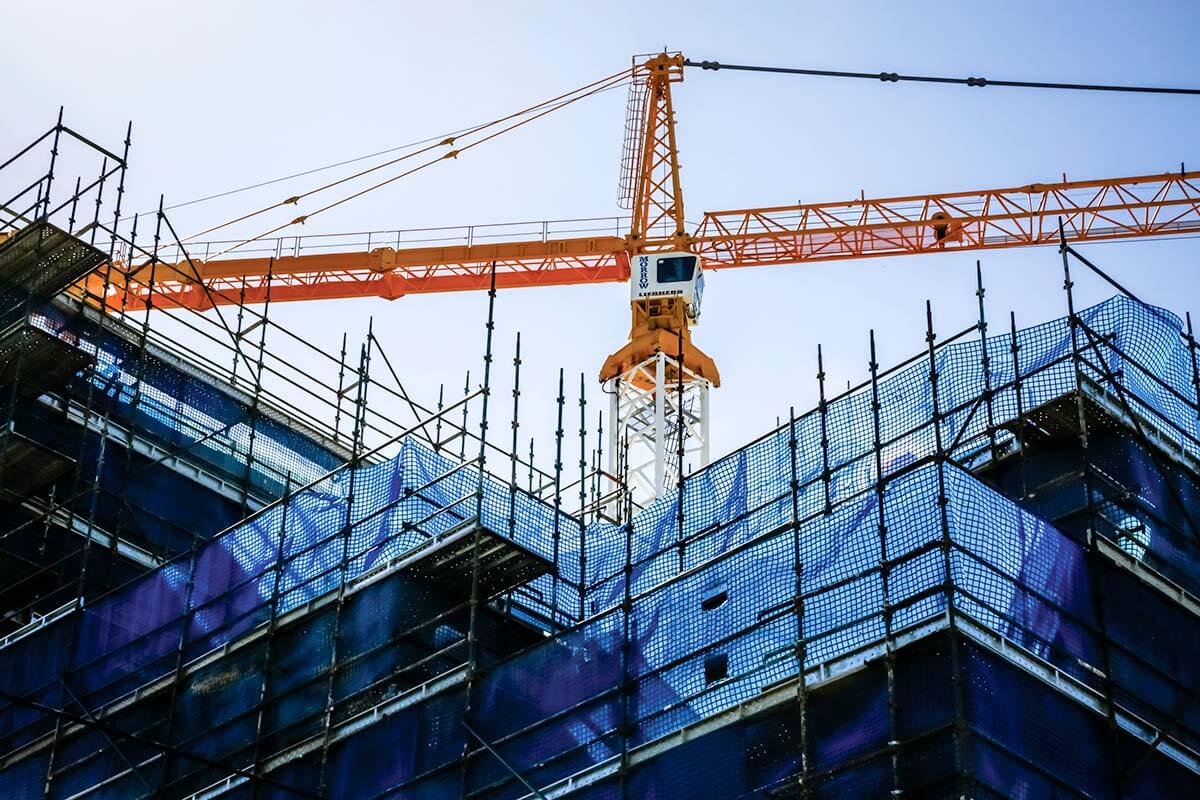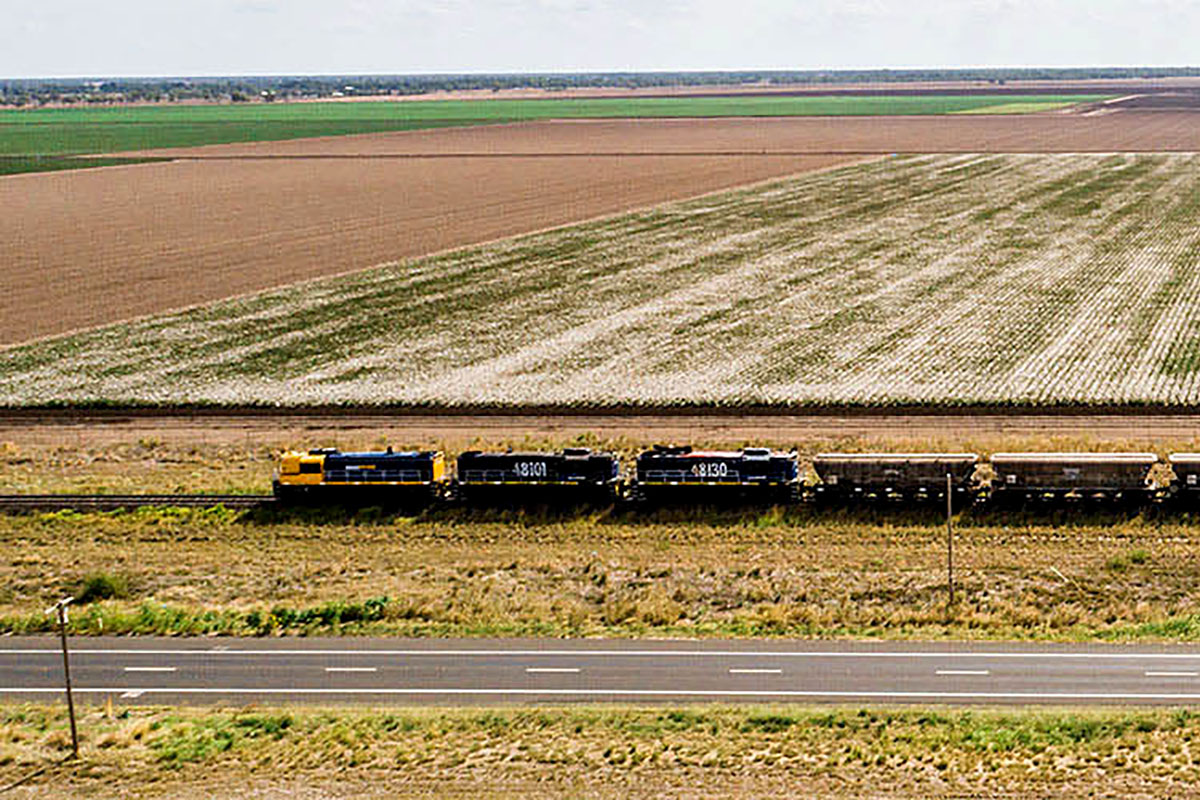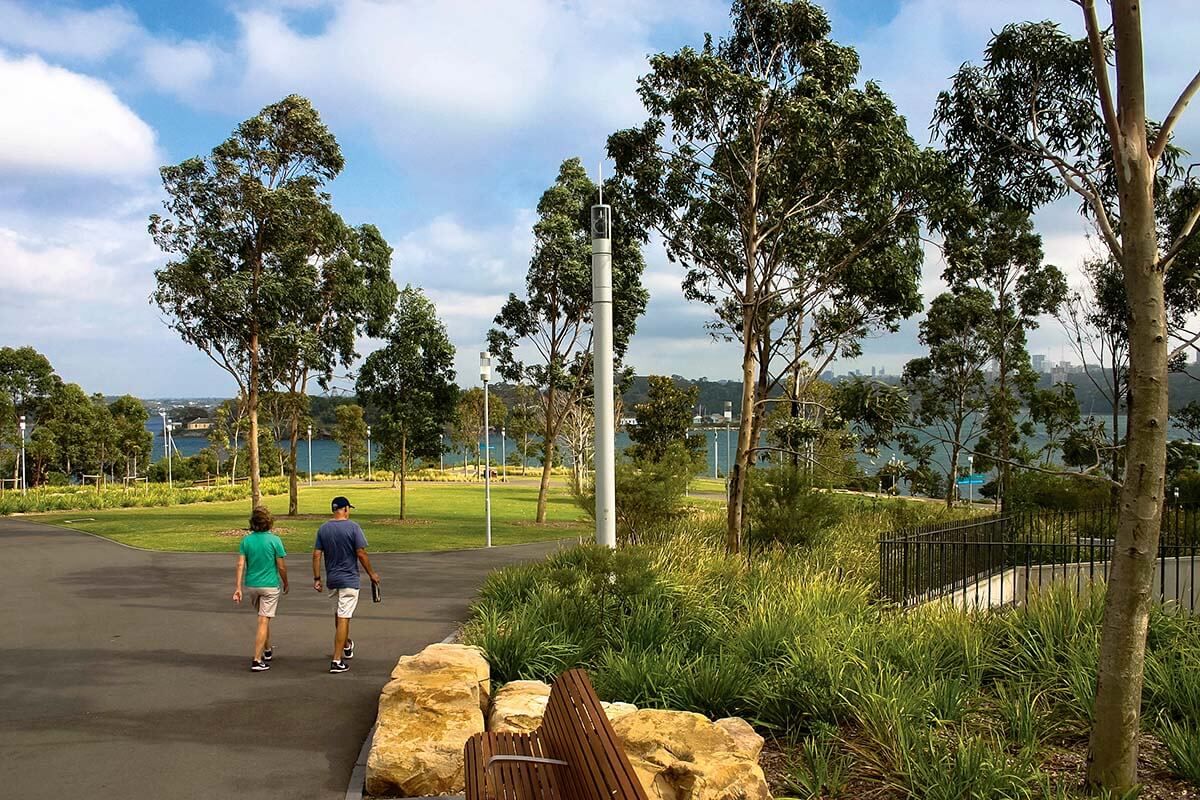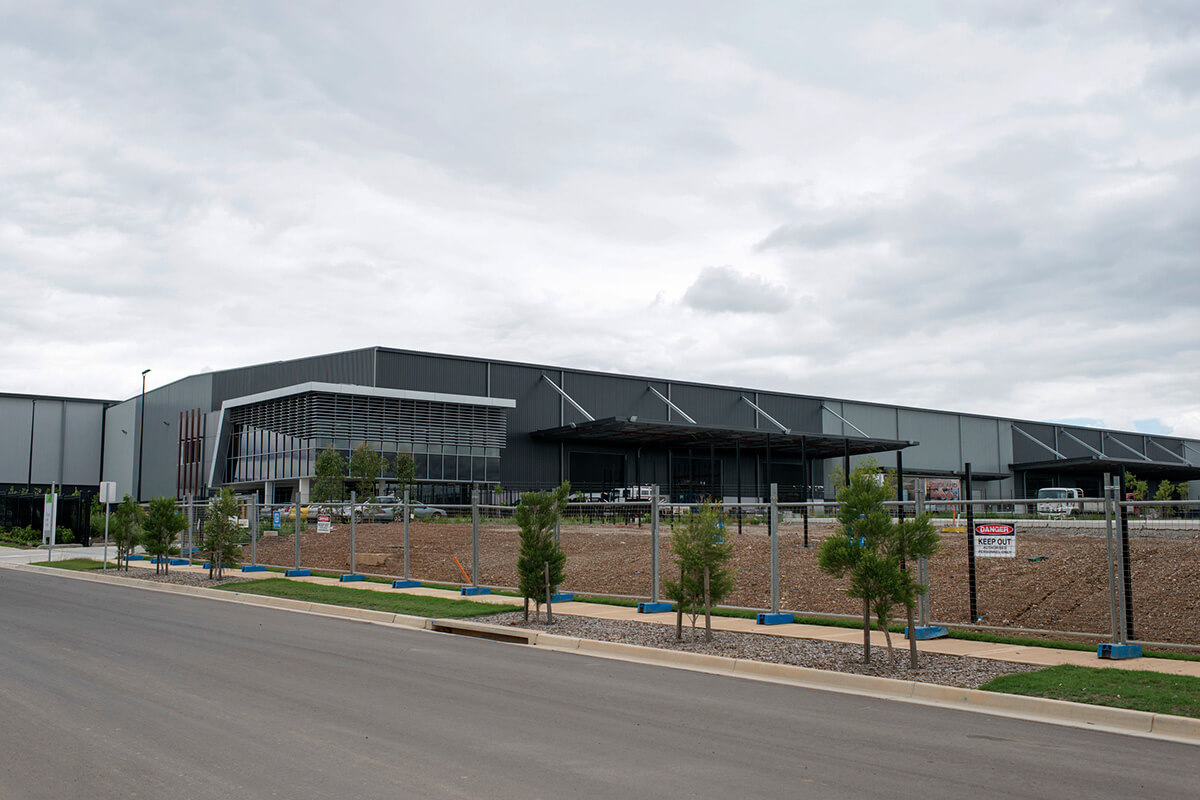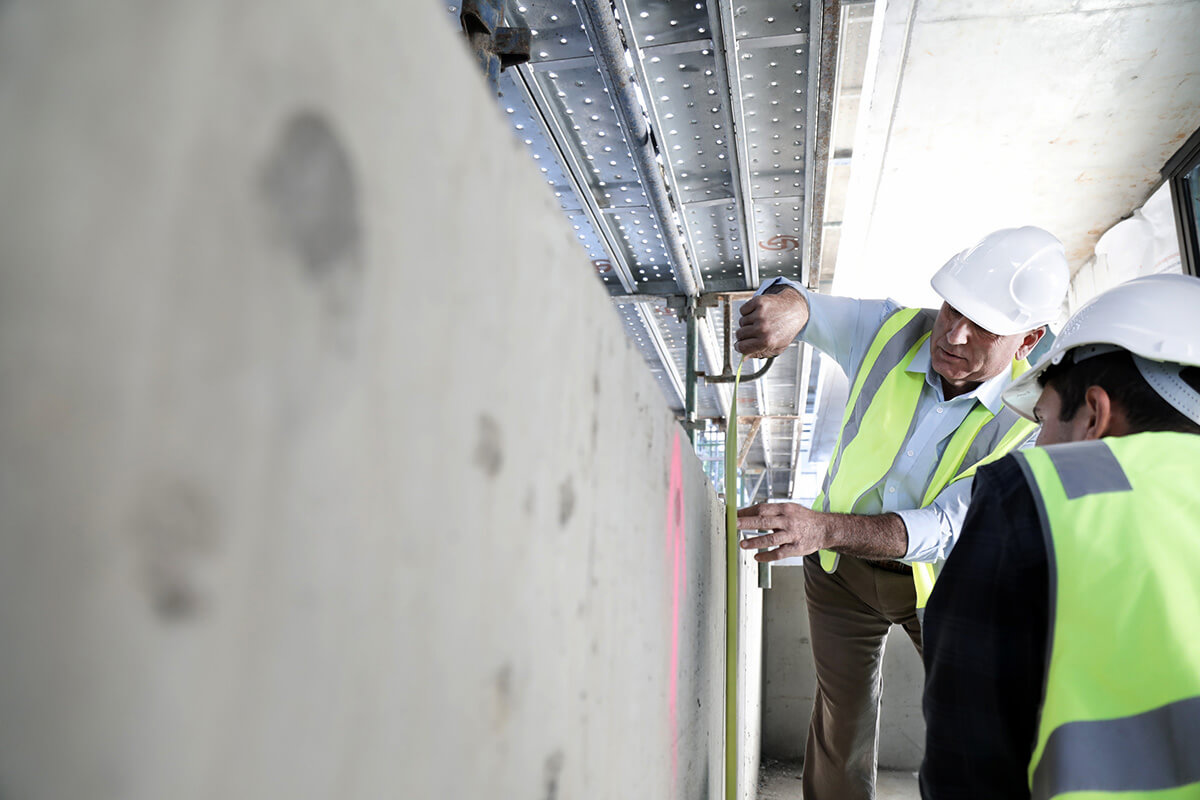The NSW Government is delivering reforms to improve assessment time frames, reduce red tape, eliminate double-handling and fast-track projects that deliver great public benefits, create jobs and keep the economy moving.
Reforms to complying development, focused on employment areas, offer a fast-tracked approval pathway for straight forward developments.
We are reducing the number of applications that need concurrences and referrals and improving system efficiency to deliver faster decisions.
Employment land strategies summarise the economic settings, barriers to growth and opportunities associated with employment land in specific local government areas.
Employment lands are areas zoned for industrial or similar purposes. They provide essential land for the delivery of goods, utilities and urban services.
We have delivered a simplified employment zone framework to support job creation and increased productivity.
We work with proponents, councils and NSW Government agencies to resolve issues so that decisions can be made more promptly.
A new, simpler and more transparent way to improve the quality and consistency of development cost estimates.
The NSW Public Spaces Legacy Program is a $250 million investment in high quality public open space, by incentivising accelerated development assessment speeds and creating long lasting community benefit.
Large cemetery projects have become state-significant development to make their assessment clearer and more consistent.
Find out more about how we're building a better future by reforming the planning system.
We’ve brought forward immediate reforms to the planning system to support productivity, investment and jobs during COVID-19.
The Priority Assessment Program identifies and case-manages projects with the potential to deliver a strong pipeline of investment, public benefit, growth and jobs.
We have made changes to major project assessment to reduce timeframes, increase environmental assessment quality and deliver better outcomes.
We’ve made temporary changes to include more warehouses and data centres as state-significant development to support the economy and the rapid growth in the e-commerce sector.
We have prepared a guide to writing conditions of development consent and developed new standard conditions to provide greater consistency.
